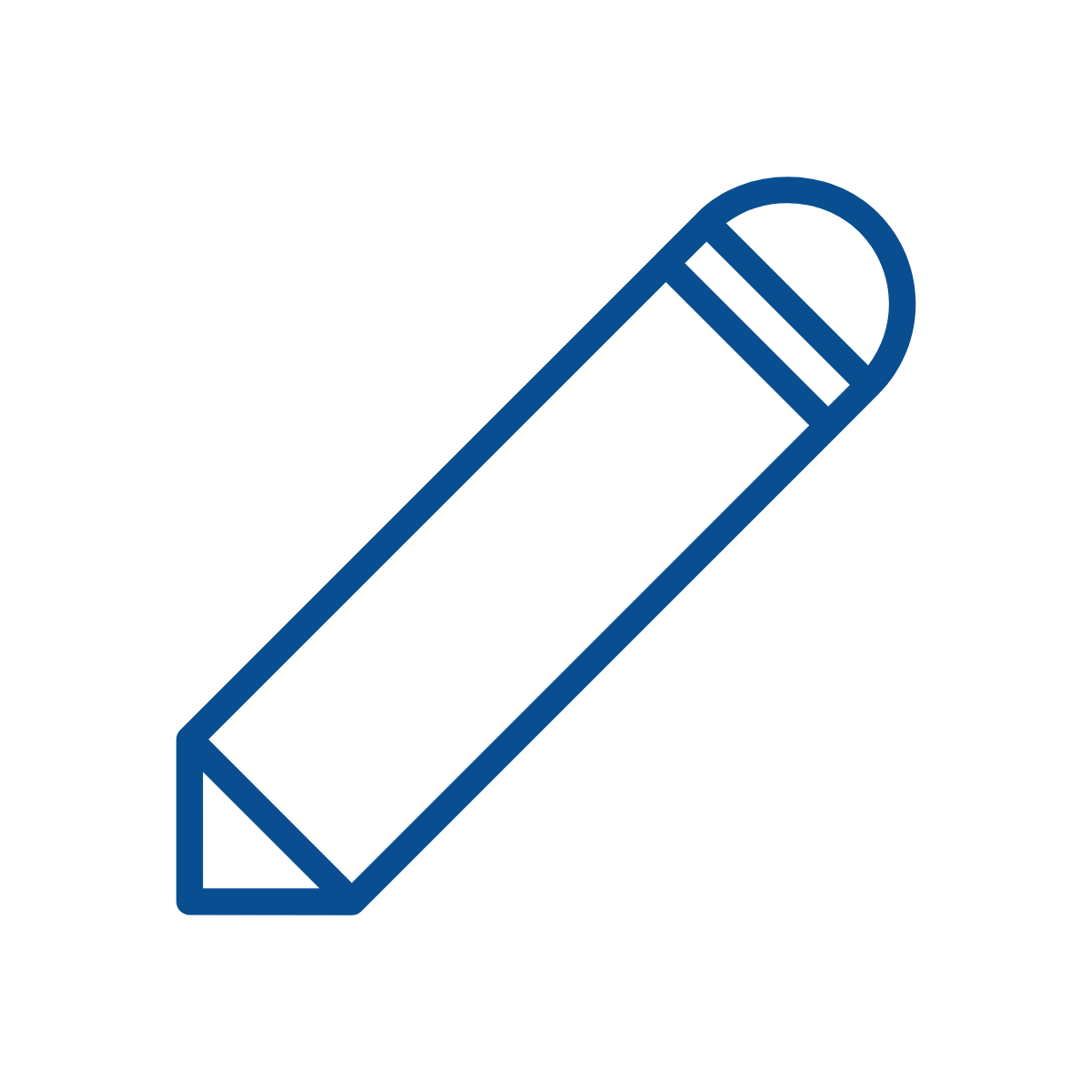-
Partager cette page
3D graphics in VR
Titulaire(s) du cours
Daniele Bonatto (Coordonnateur)Crédits ECTS
5
Langue(s) d'enseignement
anglais
Contenu du cours
In this course, you will learn how to create 3D graphics with OpenGL (Open Graphics Library) — the foundation of modern 3D rendering and virtual reality (VR).
Lecture topics include:
- Introduction to computer graphics
- Mathematical foundations
- From 3D to 2D
- Rendering Equation and Raytracing
- Textures, Normal Mapping and Depth Compositing
- Encoding Geometry
- Physically Based Animations Aka. Simulations
Old projects: 2015-2016 - Chessboard BR and https://www.youtube.com/watch?v=7tlVZoH4qzI
Objectifs (et/ou acquis d'apprentissages spécifiques)
You will gain hands-on experience by building a 3D game project in OpenGL, working in pairs (≈2 students per group). The course follows a learn-by-example approach, focusing on OpenGL programming and its ecosystem of open-source libraries.
Note: Unity and Unreal are not part of this course — the emphasis is on core OpenGL rendering.
Pré-requis et Co-requis
Connaissances et compétences pré-requises ou co-requises
-
Intermediate C/C++ programming skills
-
No prior knowledge of object-oriented programming required
Méthodes d'enseignement et activités d'apprentissages
By the end of the course, you will be able to:
-
Program 3D graphics in OpenGL
-
Write and use GLSL shaders (Graphics Library Shader Language)
-
Understand the main architectural concepts of the OpenGL pipeline
-
Apply mathematical and computational concepts in computer graphics
- Build and present a complete 3D graphics project
The theoretical lectures will focus on why it works, while the exercise sessions will focus on how it works. Without theory, programming 3D applications is extremely difficult, since a solid understanding is required. But with only theory, no application will ever run. You should therefore expect to work with a combination of both.
The course is highly interactive, with many in-class examples. At the same time, the slides are designed to be self-contained. Intuition is first built during the lectures and then reinforced through the slides.
Références, bibliographie et lectures recommandées
- JungHyun Han, “Introduction to Computer Graphics with OpenGL ES,” CRC Press, 31 March 2021, 978-0367781187
- Joey de Vries, “Learn OpenGL: Learn modern OpenGL graphics programming in a step-by-step fashion,” Kendall & Wells, 17 June 2020, ISBN: 978-9090332567
Support(s) de cours
- Syllabus
- Université virtuelle
Contribution au profil d'enseignement
This course equips you with next-generation 3D rendering techniques for careers in multimedia engineering, graphics, and VR.
Autres renseignements
Informations complémentaires
Use of AI tools
AI tools may be used as a support for coding and learning. They can help with syntax, debugging, or exploring alternative approaches. However, they are not a substitute for personal understanding. During evaluation, students must be able to explain all parts of their code and show that they fully understand the programming language and the concepts involved.
Contacts
Pr. Daniele Bonatto, LISA-VR
Campus
Solbosch
Evaluation
Méthode(s) d'évaluation
- Projet
- Examen oral
Projet
Examen oral
-
Midterm mini-project (rendering a simple 3D object + short report) → 10%
-
Final project + oral exam (OpenGL project presentation, with report & source code submitted one week before the exam + One article presentation) → 90%
The oral exam focuses mainly on the project you have implemented and on a paper presentation, with a few additional theory questions.
Construction de la note (en ce compris, la pondération des notes partielles)
At midterm, a mini-project (typically rendering a simple 3D object) and a short report must be submitted. This checkpoint ensures that students are on track for their final OpenGL project. The mini-project counts for 10% of the grade, while the oral exam accounts for 90%.
The oral exam is divided into two parts:
-
Article presentation – students present and explain a selected research article.
-
Project presentation – students present their OpenGL project, answer questions, and discuss their code.
Langue(s) d'évaluation
- anglais
- (éventuellement français, Italien )
